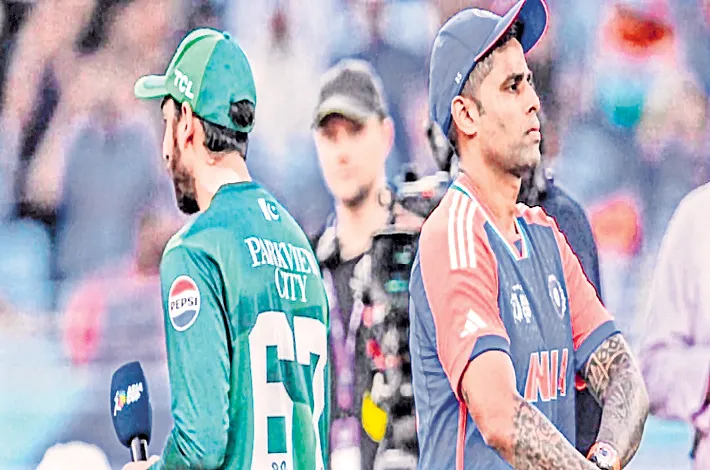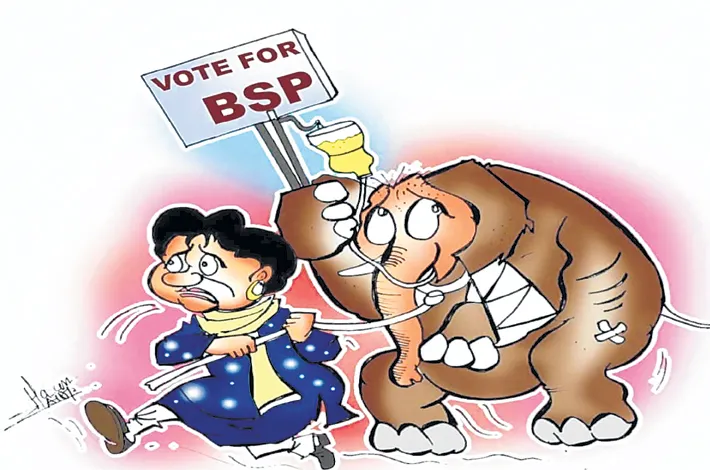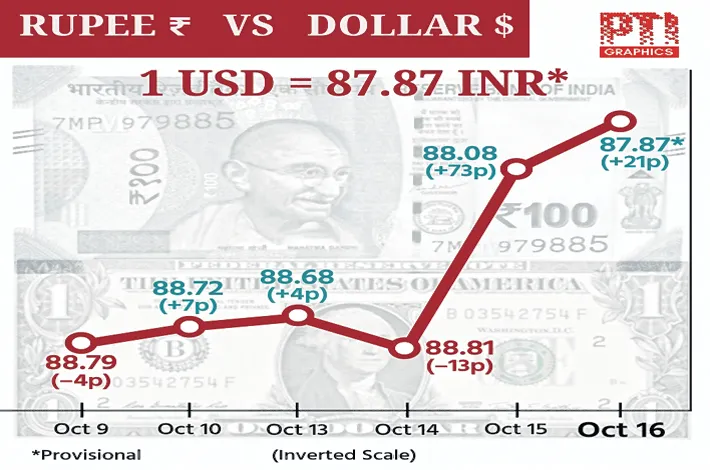The ‘Gentlemen’s Game’ is devoid of camaraderie today
17-10-2025 12:00:00 AM

What becomes commonplace loses its specific value. Cricket is just like an ordinary game stripped of its aristocracy and shorn of its refinement
What happened in the Asia Cup Tournament in Dubai recently needs no repetition. Both India and Pakistan cut a sorry figure in terms of cricketing ethos, etiquette and ethics, behaving as if they were playing street cricket. This has shocked the entire cricketing world and made the aficionados of cricket concerned about the future of the game.
In the realm of sports, cricket is the only game that proudly bears the tag of a ‘gentleman’s game’. Mind you, this tag or sobriquet is not for nothing. Right from the beginning, the image of cricket has been that of a ‘gentleman’s game’, played by those who value(d) its ethos and essence. Remember the greats of yore like the magnanimous Sir Frank Worrell, the legendary Garfield Sobers, the refined Ted Dexter or the calm and cool pacer Ray Lindwall, who hugged India’s Vijay Hazare when Hazare scored twin centuries against Sir Don Bradman’s ‘Invincibles’ in 1948, with scores of 116 and 145 in the Adelaide Test.
Where has the bonhomie gone? Where’s that camaraderie? What happened to this ‘gentleman’s game’ that today it has nosedived to become gully cricket? Famous cricket scribe Gideon Haigh is of the opinion that over-commercialisation has taken away the elite edge of cricket. “Three Cs, cricket, commerce and class, make an incongruous combination,” he believes.
Cricket, esp. Test cricket, started losing its sublime touch and image after the Kerry Packer circus in 1977. Luckily, it didn’t last long, and its end came sooner than what the cricketing world bargained for. Yet, it impacted cricket in a commercial way and relegated its overall aura. A leisurely game, played in a languid manner, suddenly became a lucrative source of income.
Before that, the limited-overs cricket began in the early 1970s. Purists didn’t like it. They still dislike one-dayers. The legendary West Indian sports psychologist and cricket specialist, Rudy Webster, is of the view that when quick and unnecessary experiments with the format of conventional Test cricket began, cricket started losing its finesse. It made cricket too informal. Though the element of informality is okay, too much of it can be detrimental to its dignity.
Then came the carnival cricket of T-20, colourful outfits and cricket balls of different colours. This was the last straw on the camel’s back, as the great speedster Sir Michael Holding once said during a commentary that the proverbial ‘red cherry’ will soon become an obsolete or archaic term.
Year-long cricket, involving a host of countries participating in different formats of cricket, also robbed cricket of its class and made it a bit crass. India’s emergence as a formidable cricketing powerhouse lent variety to cricket but roughened its finer edges. Its age-old rivalry with Pakistan hasn’t done much good either. This aspect needs elaboration.
Too much emphasis on winning has defiled the game. Winning and losing go hand in hand. If one team wins today, it might lose tomorrow. But we want to win all the time. Moreover, players are pawns, nay, merchandise, in a highly competitive setup. Today, cricketers, especially ace cricketers, are not just players; they’re catalysts for commercial interests and concerns. They’ve to perform all the time, or else they’ll perish. This extreme competitive streak, along with over-emphasis on winning, cannot be a genuine incentive for a gentleman’s game.
Too much media, especially social media, glare is distracting cricketers. They know that they’re being watched and scrutinised by crores of people. So, they (cricketers) act in an over-enthusiastic and showy manner. The game becomes a showbiz, and players become showpieces. This is tarnishing the image of the game.
Rivalry is good, but when it turns into a street brawl, cricket suffers and its image gets sullied. Today, when Indian and Pakistani cricketers play, they relegate the game into an ugly fight. A gentleman’s game has no place for such fights and shenanigans. The decline of West Indies cricket has taken the sheen off the game. The cricketers from the Caribbean were true ambassadors of the game because of their graceful demeanour. But now when West Indies cricket is in shambles, that sporting edge has gone forever.
Last but not least are viewers’ changed perceptions of this great game. We’ve cheapened it. Now the game is played throughout the year. There’s no rarity left. There’s no waiting for a Test, as we used to wait when cricket would be played only during winters. What becomes commonplace loses its rare touch and specific value. Today, cricket is just like an ordinary game stripped of its aristocracy and shorn of its refinement.








